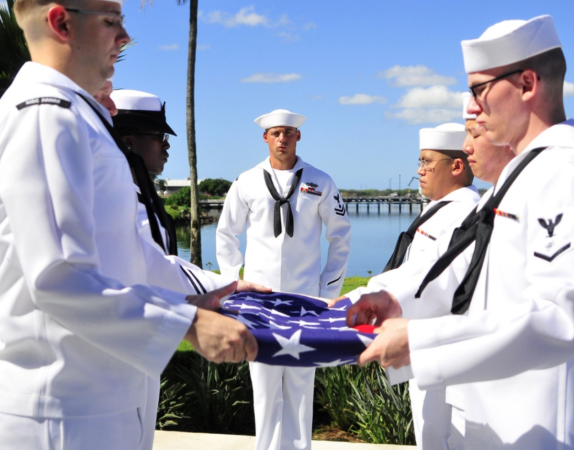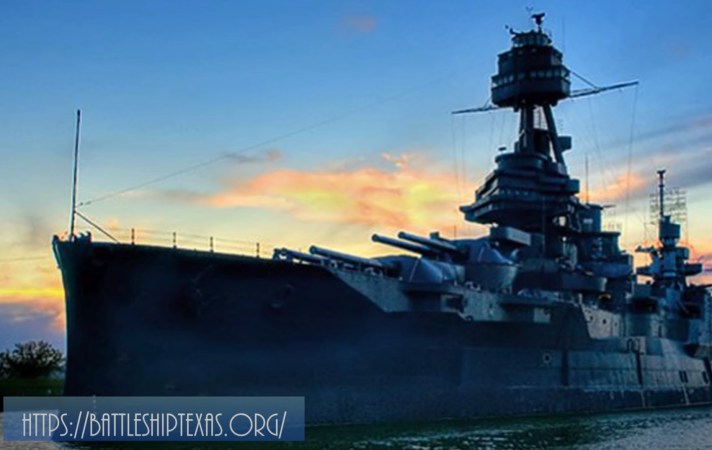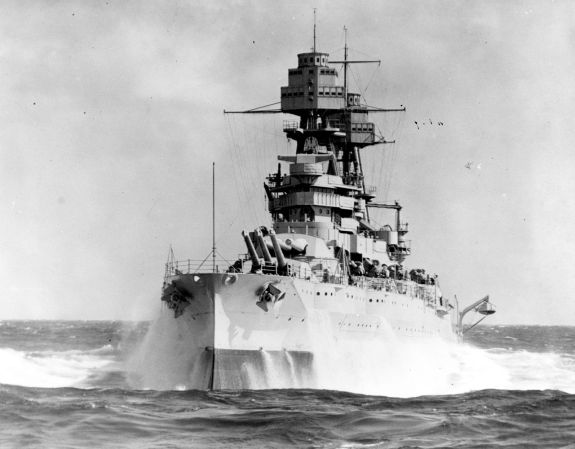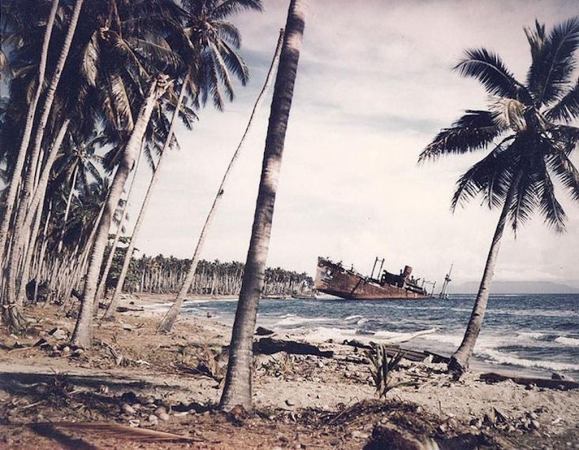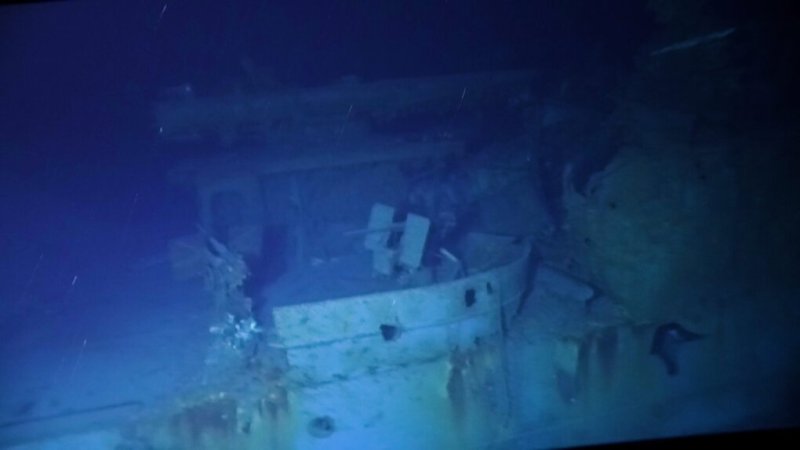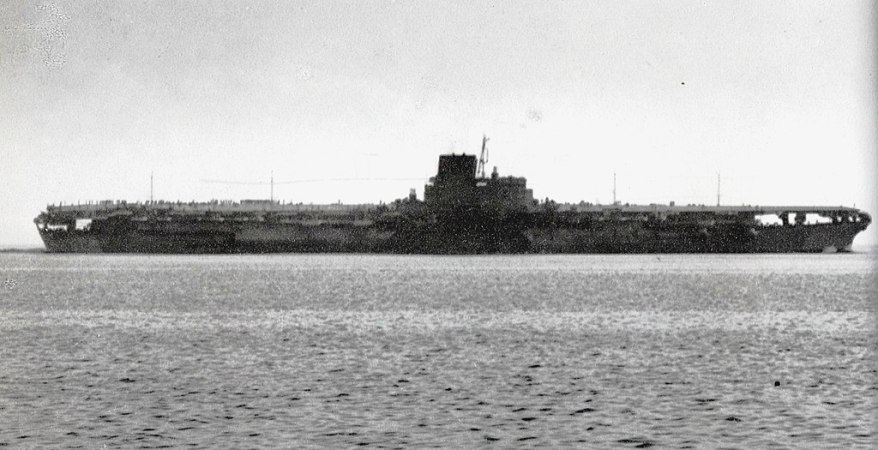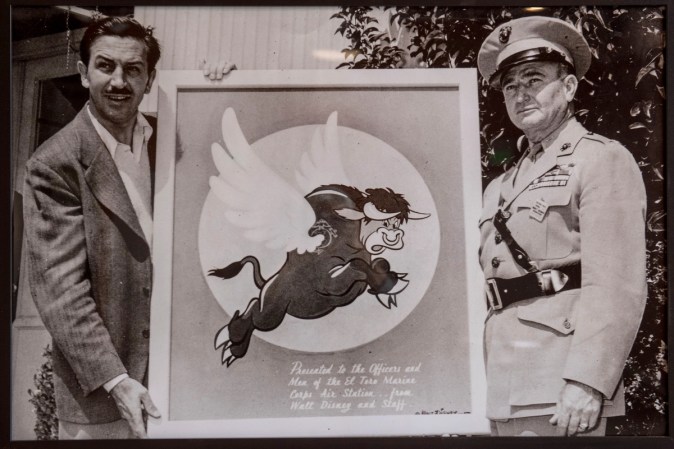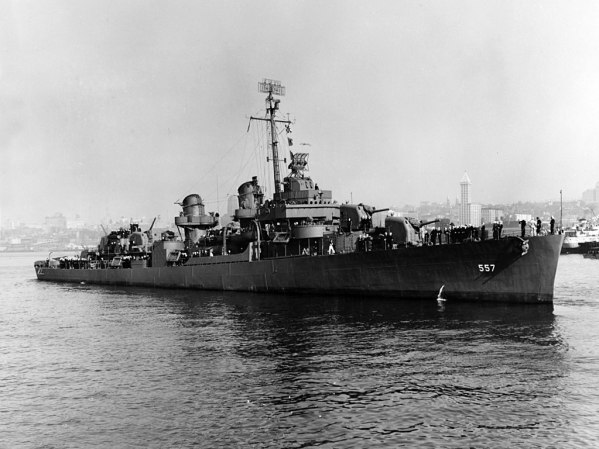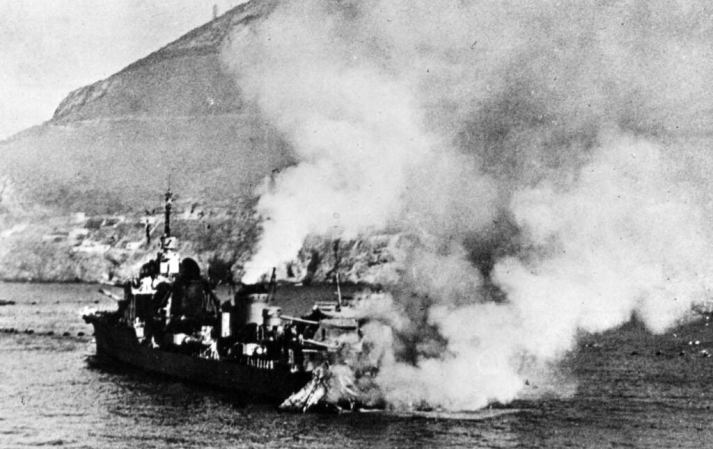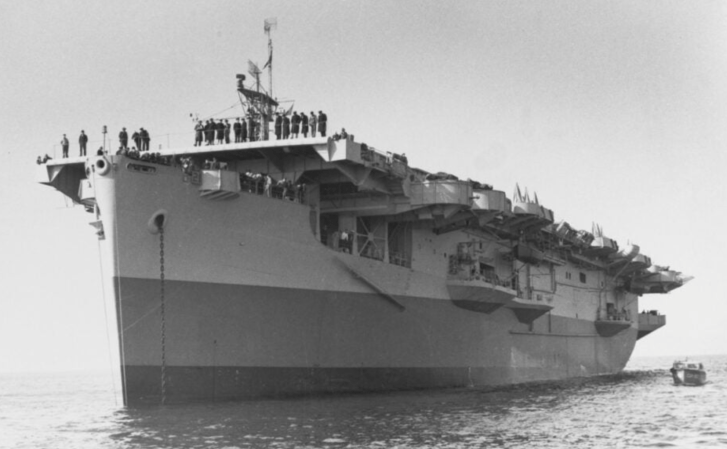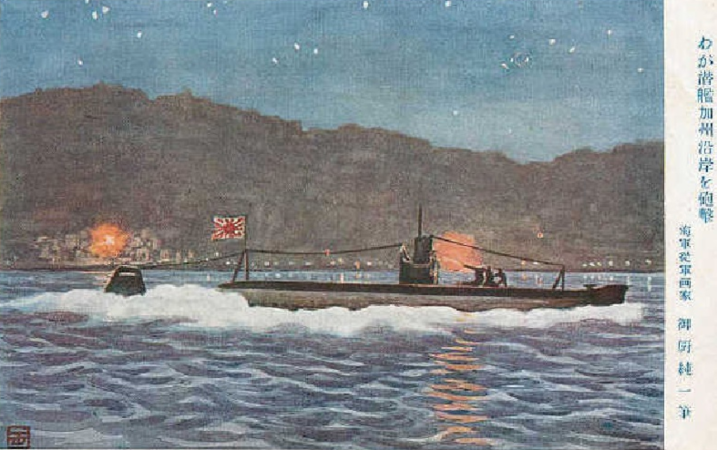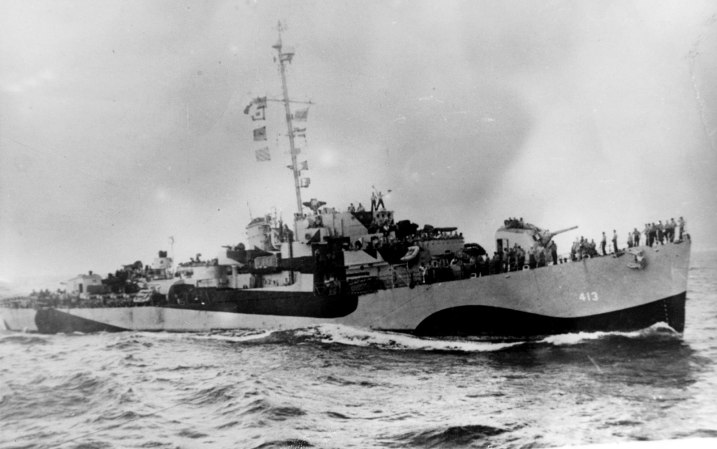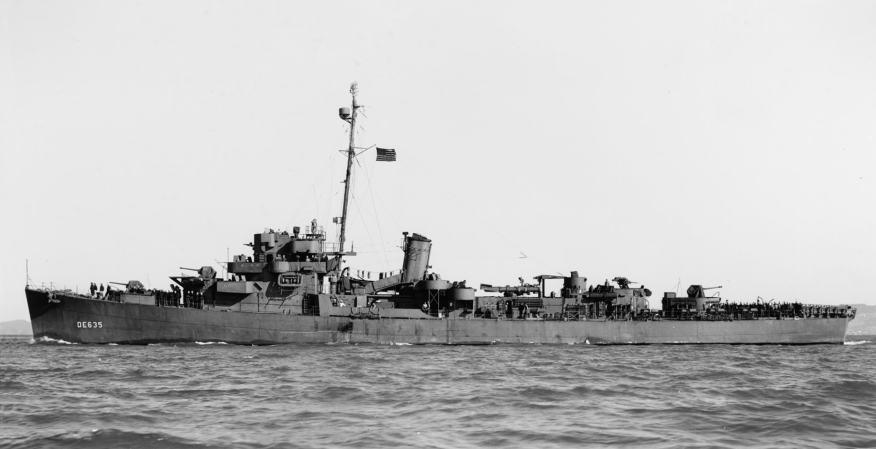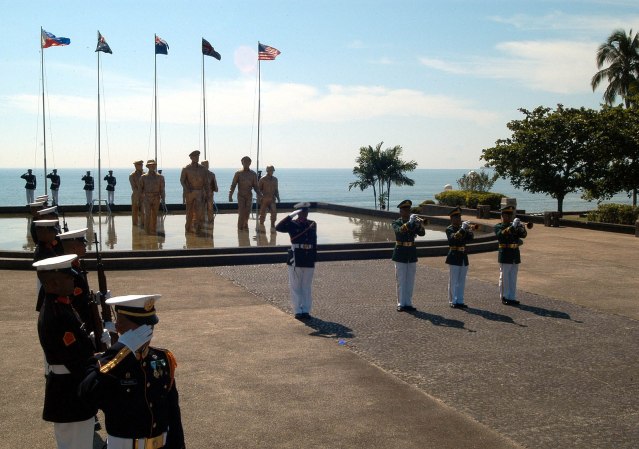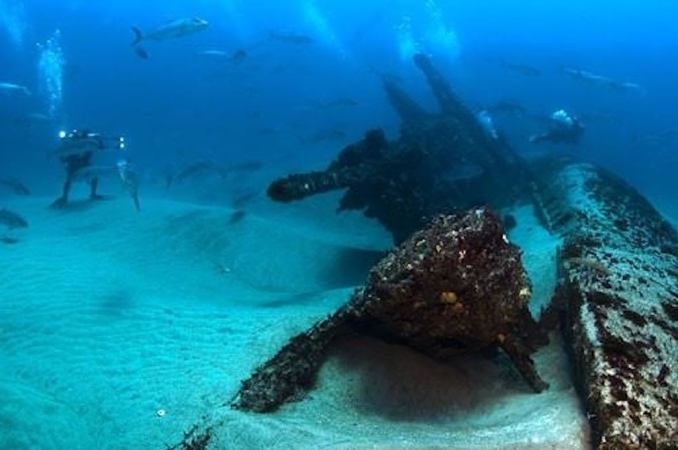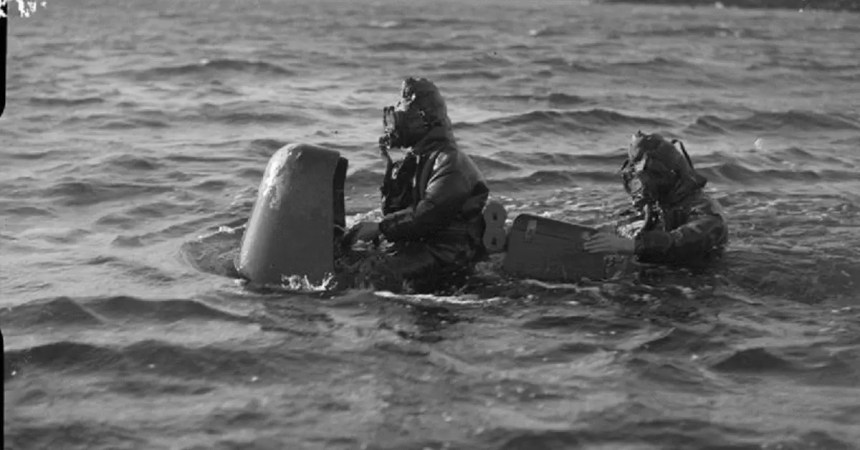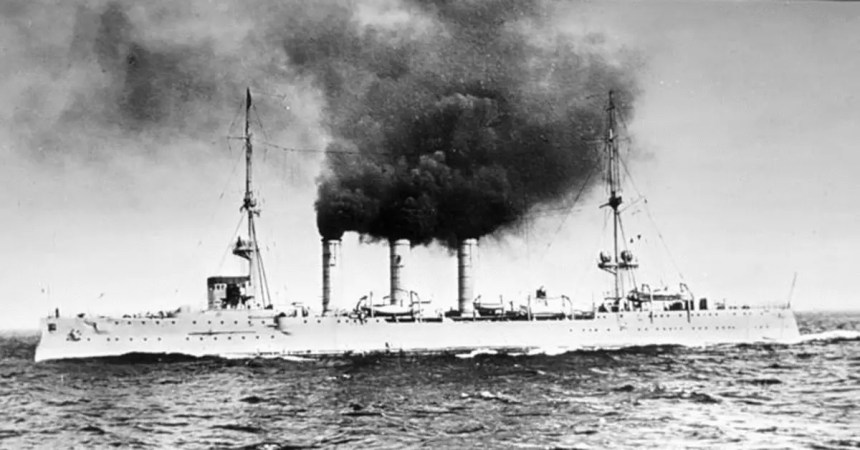In World War II, the battleship Yamato dwarfed nearly all others, and many Japanese ships were larger than their American counterparts. But how was Japan, a relatively small country with limited natural resources, able to construct larger ships than America?
First, Japan started early with the knowledge that it wanted a naval force capable of widespread offensive warfare. But it also benefitted from specializing. Since the Imperial Navy wanted to dominate the Pacific, they didn’t need to make their ships capable of transiting the Panama Canal like America did.

Of course, making the world’s greatest battleships came with plenty of engineering challenges.
The designers of the Yamato had to figure out how to keep a floating platform steady when it fired 18-inch guns, each of which fired a shell roughly the same weight as a car. How can such a large ship be made to sail smoothly through the water quickly?
In this video from PBS, interviewers speak with historians and experts, including a Japanese engineer who served during World War II. Watch it below to see how Japanese designers ensured the ship would be battle ready:
In the end, the Yamato was never able to live up to its glorious design. It took some small part in battles in the Pacific but frequently found itself in the wrong spot on the battlefield to bring its weapons to bear.
One of its few claims to fame was inflicting damage on a small number of U.S. ships in the Battle off Samar.
In April 1945, the Japanese Navy decided to beach the Yamato on Okinawa and use it as a fortress and gun platform for as long as possible before U.S. ships and planes destroyed it.
But it was sent to Okinawa with no air cover and little protection. American planes easily sank it long before it reached the beach.



